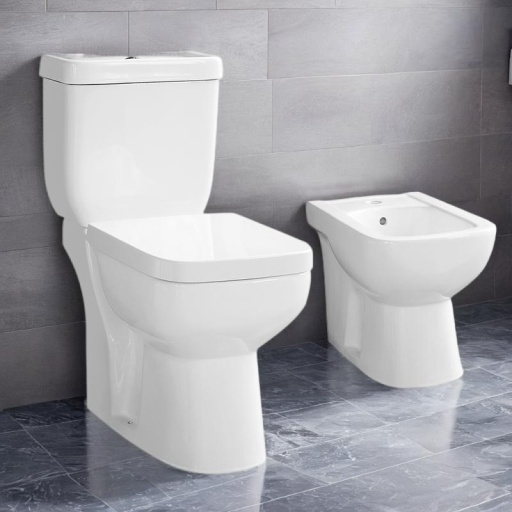Argentina, a vibrant country in South America, is not only renowned for its rich culture, cuisine, and football, but also for its unique preferences in toilets. From eco-friendly designs to inclusive facilities, Argentina’s toilets reflect the country’s evolving social values and commitment to sustainability.
Eco-Friendly Designs
One notable trend in Argentina’s toilets is the emphasis on eco-friendly designs. With a growing awareness of environmental conservation, many public and private facilities are incorporating green elements into their toilet structures. For instance, the Ulquiza Toilets in Argentina are known for their lush green vegetation and emphasis on natural light. This design not only provides a visually pleasing environment but also contributes to air purification and reduces the overall energy consumption of the facility.
Inclusive Facilities
Argentina is also leading the way in inclusive toilet facilities. The concept of neutral or mixed-gender toilets, known as “baños unisex” in Spanish, has gained popularity in recent years. These toilets are designed to be accessible to all individuals, regardless of their biological sex or gender identity. This inclusive approach addresses the needs of a diverse population, including those with gender-variant identities or disabilities. The introduction of these toilets has been widely welcomed, particularly by members of the LGBTQ+ community, who often face difficulties in accessing traditional gender-specific facilities.
Technological Advancements
In addition to eco-friendly and inclusive designs, Argentina’s toilets are also incorporating technological advancements. Smart toilets, equipped with features like automatic flushing, touch-free faucets, and motion-sensor-activated doors, are becoming increasingly common. These technologies not only enhance the user experience but also contribute to hygiene and sanitation.

Cultural Considerations
Argentina’s toilets also reflect the country’s cultural values. In many parts of the country, privacy and discretion are highly valued, which is reflected in the design and layout of public facilities. Toilets are often designed with individual stalls or partitions to ensure privacy for users.
Conclusion
In conclusion, Argentina’s toilets exhibit a unique blend of eco-friendliness, inclusivity, technological advancements, and cultural considerations. From lush green vegetation to mixed-gender facilities, these toilets reflect the country’s commitment to sustainability, diversity, and innovation. As Argentina continues to evolve socially and culturally, its toilets are sure to remain a fascinating reflection of these changes.
Argentina’s toilet and bidet set
The diversity of South American countries is reflected not only in their landscapes, cultures, and traditions but also in their unique bathroom and toilet types. Here is a brief overview of some noteworthy examples:
Bolivia: Desert Toilets
Bolivia, specifically the Siloli Desert, offers a unique toilet experience in the midst of the desert landscape. Here, toilets are designed to provide a basic necessity while one is surrounded by the vast emptiness of the desert. These desert toilets emphasize simplicity and functionality.
Brazil: Beachside Toilets
Beaches in Brazil, such as those in Rio de Janeiro, often feature beachside toilets. These are designed to provide privacy and convenience for beachgoers. Some may incorporate sustainable elements like water recycling systems.
Ecuador: Rural Toilets
In rural areas of Ecuador, traditional toilets may be less common. Instead, one may find more natural solutions like outdoor latrines or composting toilets. These are adapted to the local environment and resources.
Peru: Ancient Inca Bathrooms
Peru, famous for its Inca ruins, offers a glimpse into ancient bathroom practices. In Inca cities like Machu Picchu, one can find remains of ancient bathrooms that demonstrate the sanitation systems of the Inca civilization.
Colombia: Modern Facilities
Colombia, being a more urbanized country, often features modern bathrooms and toilets. These are designed with comfort, hygiene, and sustainability in mind. Some may incorporate technological advancements like smart toilets.
Sustainability and Eco-Friendly Design
Across South America, there is a growing trend towards sustainable and eco-friendly bathroom designs. This includes the use of natural materials, water-saving fixtures, and waste recycling systems.
In summary, South American countries offer a wide variety of toilet types that are adapted to their unique environments, cultures, and resources. From desert toilets to ancient Inca bathrooms, each country reflects its own unique style and approach to sanitation.



